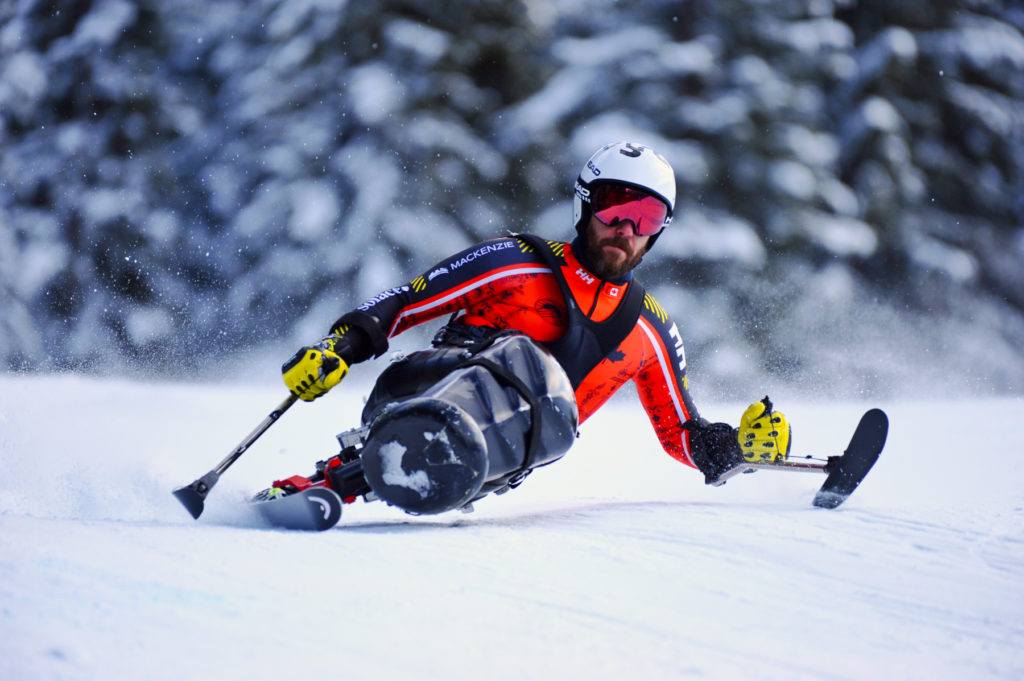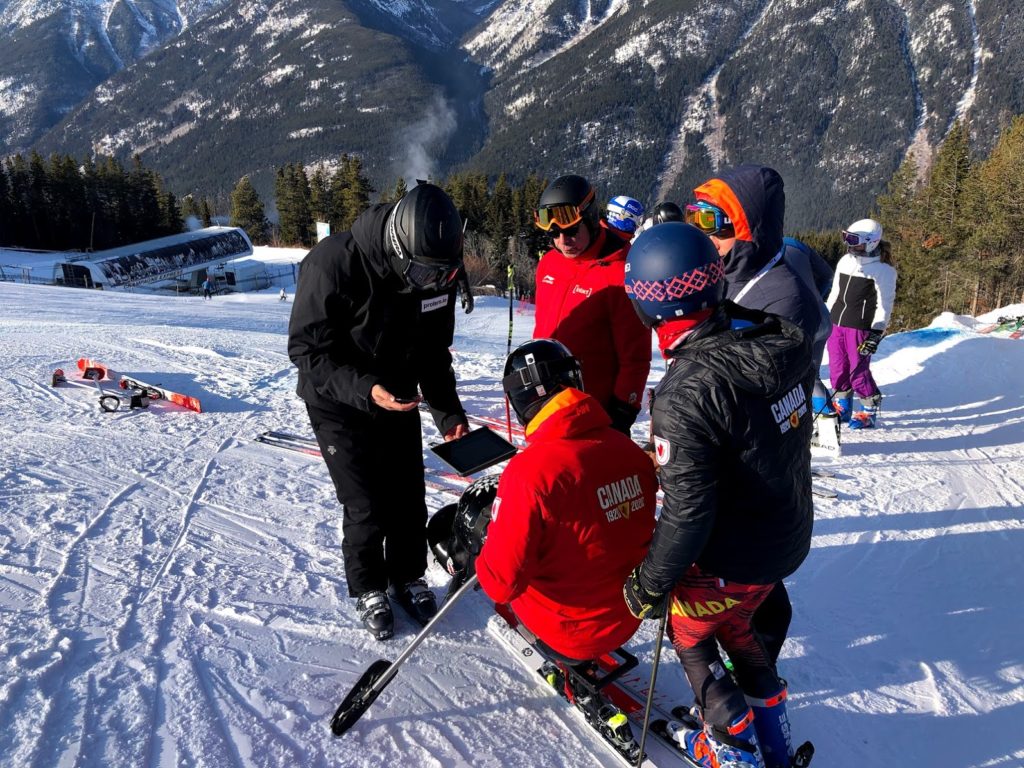Para-Alpine athletes compete in five disciplines, downhill, super G, giant slalom, slalom and super combined.
At the Paralympics, Para-Alpine events happen on the same hills as the Olympic Alpine events. This means that athletes who are visually impaired, in a sit ski, or have some form of physical disability but still stand, are regularly reaching top speeds in excess of 130km/h in downhill. When racing at such speeds, every hundredth of a second means a lot. But not all seconds are equal.
How do you train accurately when your seconds aren’t worth the same as your competitor’s or teammate’s seconds?
Each time has a multiplier, commonly known as a factor, to the time depending on the athlete’s para-alpine classification. This is called factored time.

What is factored time?
Para-Alpine has three main classification categories: visually impaired, standing and sitting.
Within each category there are different classifications that determine the time bonuses or penalties you receive compared to your competitors. The skier with the fastest outright time is not necessarily the winner of the race. This is where factored timing come in.
Skiers in the highest classification must complete their run a certain percentage faster than their competitors in the lower classifications to come away victorious.

Instant factored times
During training, calculating factored timing has always been a difficult process, taking significant time and resources. Thanks to Protern.io, factored times are now available instantly.
We had a chance to speak with Canadian Para-Alpine High-Performance Director Matt Hallat and he explained the benefits they’ve seen using Protern.io with their athletes.
“We’ve always needed to use timing systems which take a person to set up, take down, run and then calculate factored timing at the end of the training session,” said Hallat.
“An athlete used to make a training run at 10am and then have to wait to get their factored timing feedback and comparisons relative to their teammates until close to dinner time. Now they can get it instantly.”

Less work for coaches
“Not only does the technology provide the opportunity for instant factored time feedback, but it also frees up a lot of time for a coach who can now focus their time where we’d like it to be, on coaching,” Hallat explained.
Hallat added that for para- athletes, the instant feedback with factored times is Protern.io’s best existing feature.
Protern.io offers a lot of data and information for Para-Alpine athletes to discover and work with. The live factored times are just the tip of the iceberg and they have already been a game changer.



